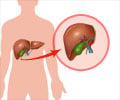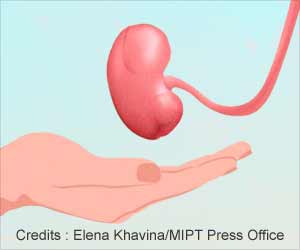A man has shown an emerging sense of touch even 35 years after amputation of his arms in an industrial accident. The man successfully underwent a hand transplant lately.
A man has shown an emerging sense of touch even 35 years after amputation of his arms in an industrial accident. The man successfully underwent a hand transplant lately.
The finding was made by a University of Oregon neuroscientist.The 54-year-old man lost his limb 35 years ago in an industrial accident when he was just 19 and received the transplant in December 2006.
However, the finding is currently limited to the man’s right palm of a donated hand, which was attached along with major nerves, bones, tendons, and muscle, in a surgery by Kleinert, Kutz and Associates Hand Care Center of Louisville, Ken.
But, now researchers hope to determine how the brain’s map of the individual fingers will evolve with increasing sensation, said lead author Scott H. Frey, UO psychology professor and director of the Robert and Beverly Lewis Center for NeuroImaging.
Within only four months of surgery, initial touch sensations were reported on the thenar eminence, muscle on the palm just below the thumb, and on the lateral base of the thumb near the radial nerve.
They used functional magnetic resonance imaging to record brain activity while sensory stimuli were delivered to the hands and faces of the transplant recipient and four control participants.
Advertisement
"This individual is very unique from a brain standpoint. We know that when someone loses a hand, there are reorganizational changes that take place in areas of the brain that have received sensory input from that hand. Yet, even after 35 years, the restoration of sensory input seems capable of recapturing the former territory of the hand. The capacity of the brain to reverse these changes is all the more striking in light of the fact that his brain was fully mature when the amputation occurred. We believe that this work may have far reaching implications for our understanding of brain plasticity in adulthood and neurorehabilitation," said Frey.
Advertisement
With time, the injured man reported gradual reductions of phantom sensations and pain often reported by amputees.
Recovery of sensation and the brain’s systematic mapping of the hand-to-brain network, in this case, involve only gross hand map zones, referring to activity of major nerves that were reattached, not any peripheral connections to individual digits.
"We don’t know what that map will look like in the future as the nerves of his fingers regenerate and sensation improves," said Frey.
The study is appearing online in advance of regular publication in the latest issue of the journal Current Biology.
Source-ANI
RAS/SK














